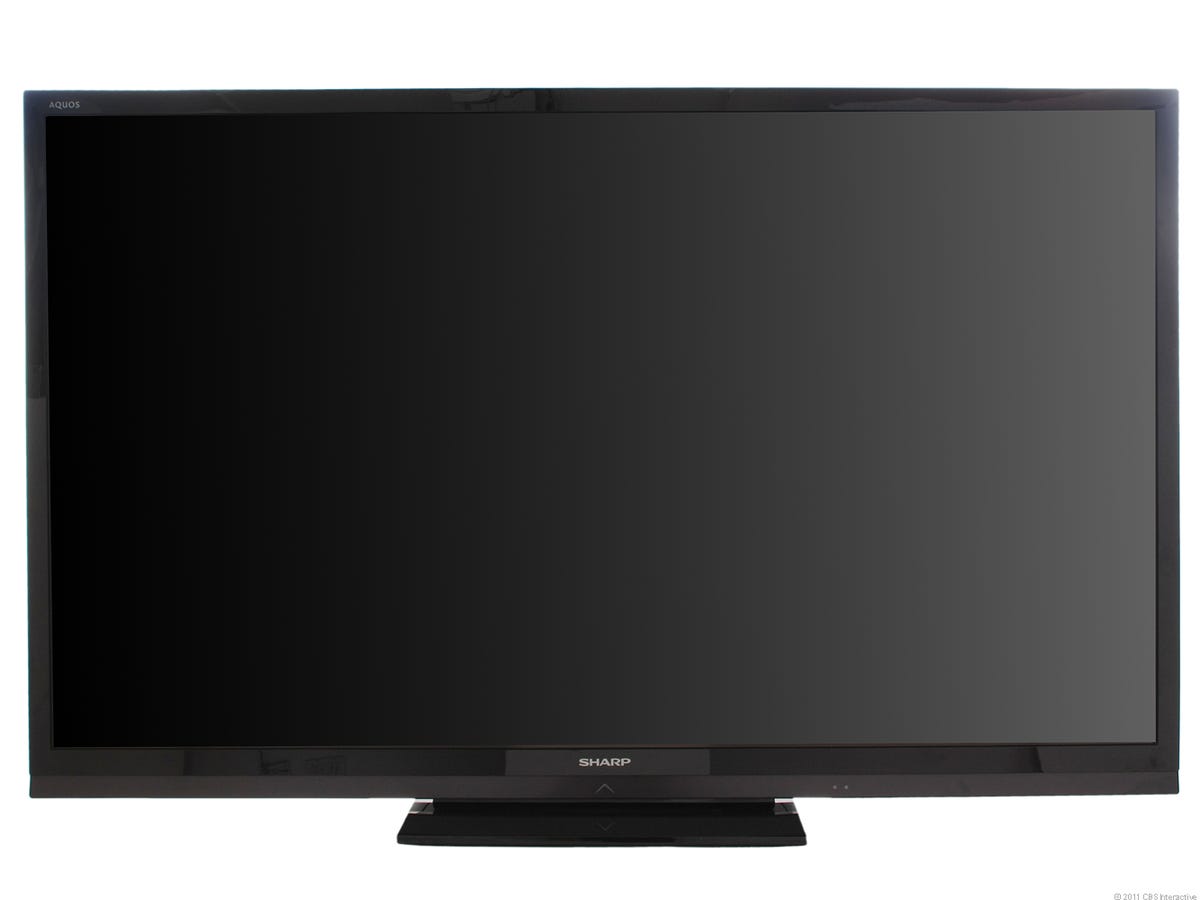Sharp LC-70LE73U (photos)
For people craving a colossal flat-screen TV who don't want a plasma or a projector, the 70-inch Sharp LC-70LE73U series LED-based LCD offers very good picture quality, especially in bright rooms.

Overview
Unless you have $22,000 or more to spend, the 70-inch Sharp LC-70LE732U is the biggest flat-panel TV you can buy today--the competition maxes out at 65 inches. Moreover, it's a pretty good deal by giant-TV standards, available for less than $3,000 at press time. Sure, rear-projection models offer more screen size for the buck, but judging from past testing, they can't match the picture quality or design of this Sharp. The fact that it's one of the most popular TVs on CNET this summer proves that huge TVs are gaining mainstream appeal.
Compared with the better big plasmas, the LC-70LE73U series won't perform as well in the dark confines of a home theater, but the brighter the room, the more its light output advantage shines through. At these screen sizes energy efficiency is also an issue, and this 70-inch LED is a miser compared with power-hungry plasmas. No, it's not for everyone, but if you have at least 9 feet of space between your TV wall and your couch, and crave the immersion that only a huge screen can deliver, the Sharp LC-70LE73U series is worth a look.
Corner detail
Stand detail
Side view
Remote
Remote detail
Inputs
Main menus
Apps
Netflix interface
Aquos Net
Aquos Advantage Live
Menu explanations
Glossary
Color management system
Quattron up close
Picture quality
The Sharp LC-70LE73U is one of the better-performing LED-based LCDs of the year, beating all of the edge-lit 2011 LED models we've tested with the exception of the Samsung UND6400 and LG LW5600. Its full-array LED backlight deserves much of the credit: while it doesn't deliver the black-level benefits of local dimming, it does improve uniformity compared with edge-lit models. That backlight also appeared to improve black levels and color in dark areas compared with Sharp's edge-lit 60-inch model.

